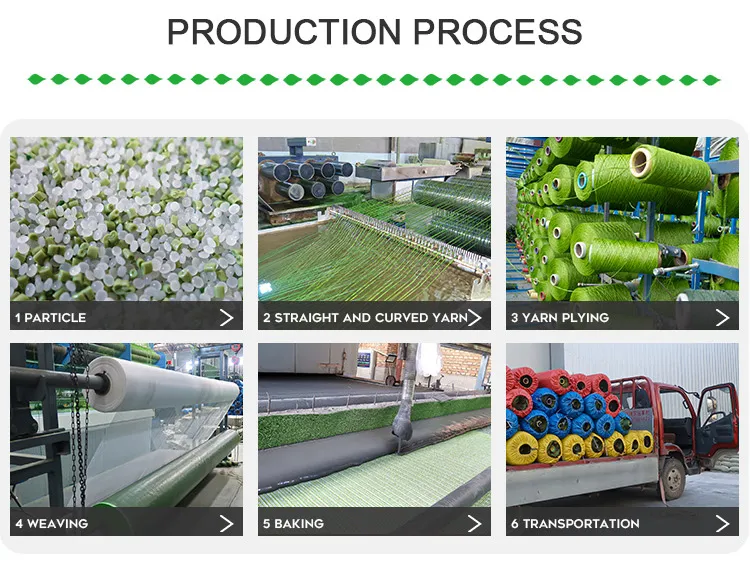
- Afrikaans
- Arabic
- Belarusian
- Bengali
- Czech
- Danish
- Dutch
- English
- Esperanto
- Estonian
- Finnish
- French
- German
- Greek
- Hindi
- Hungarian
- Icelandic
- Indonesian
- irish
- Italian
- Japanese
- kazakh
- Rwandese
- Korean
- Kyrgyz
- Lao
- Latin
- Latvian
- Malay
- Mongolian
- Myanmar
- Norwegian
- Persian
- Polish
- Portuguese
- Romanian
- Russian
- Serbian
- Spanish
- Swedish
- Tagalog
- Tajik
- Thai
- Turkish
- Turkmen
- Ukrainian
- Urdu
- Uighur
- Uzbek
- Vietnamese
Exploring the Benefits of Residential Turf for Homeowners and Landscapes
Oct . 02, 2024 14:11 Back to list
The Importance of Residential Turf A Green Haven in Urban Landscapes
In today's rapidly urbanizing world, where concrete jungles take the place of natural landscapes, the significance of residential turf has never been more pronounced. Residential turf, which includes lawns, gardens, and other green spaces, plays a crucial role in enhancing the quality of life for homeowners and the environment at large. This article delves into the numerous benefits of residential turf, its contributions to aesthetic appeal, environmental sustainability, and community well-being, while also exploring considerations for maintaining a lush and healthy lawn.
Aesthetic Appeal
One of the most palpable advantages of residential turf is its contribution to the aesthetic appeal of properties. A well-maintained lawn serves as a canvas for homeowners to express their creativity and personal style through landscaping choices. The vibrant green hue of turf can brighten up any property, while the carefully curated flower beds, shrubs, and trees can create a serene and inviting atmosphere. Furthermore, residential turf can enhance curb appeal, significantly boosting a property's market value. Real estate studies consistently indicate that homes with attractive landscaping can sell for more than their non-landscaped counterparts, illustrating how a lush lawn can be a wise investment.
Environmental Benefits
The environmental benefits of residential turf are multifaceted. Turfgrass plays a crucial role in improving air quality by absorbing carbon dioxide and releasing oxygen. This process not only contributes to a healthier atmosphere but also helps offset the carbon footprint of urban living. Moreover, residential turf acts as a natural filter, reducing stormwater runoff and improving groundwater quality. The deep-root systems of grasses help absorb rainwater, preventing soil erosion and promoting water conservation.
Additionally, turf areas provide habitats for various wildlife, including birds and beneficial insects. By creating green spaces within urban settings, homeowners can support biodiversity and contribute to ecological balance. The shade offered by lawns and trees also assists in reducing urban heat island effects, helping to lower nearby temperatures and providing a cooler environment for relaxation and recreation.
Health and Well-Being
residential turf

The mental and physical health benefits associated with residential turf are substantial. Access to green spaces has been shown to boost mood, reduce stress, and improve overall mental well-being. Engaging with nature, even within the confines of one’s backyard, allows individuals to reconnect with the environment, fostering a sense of peace and tranquility.
For families, residential turf provides a safe space for children to play, encouraging outdoor activities and physical exercise. Playgrounds, picnic areas, and casual outdoor gatherings become more enjoyable in the presence of lush, green lawns. Moreover, gardening can be a therapeutic hobby, offering both the joy of nurturing plants and the satisfaction of seeing one's efforts bloom.
Maintenance Considerations
While the benefits of residential turf are undeniable, homeowners must be mindful of proper maintenance to keep their lawns healthy and thriving. Regular mowing, watering, and fertilization are essential practices that can ensure the longevity of turfgrass. Additionally, choosing the right type of grass suitable for the local climate can make a significant difference in sustaining a vibrant lawn.
Integrated pest management and organic practices can also help reduce the environmental impact of lawn care. Homeowners are encouraged to explore eco-friendly products and techniques to minimize chemical use, promoting a safer environment for both people and wildlife.
Conclusion
In conclusion, residential turf is an invaluable asset in modern urban living, offering a multitude of benefits ranging from aesthetic appeal and environmental sustainability to enhanced well-being. By investing in and maintaining their lawns, homeowners can create green havens that not only beautify their properties but also contribute positively to the surrounding community and the ecosystem. In an era where nature often takes a backseat to urban development, embracing residential turf serves as a powerful step toward creating a healthier, more sustainable future for all.
-
The Benefits of Artificial Turf for Indoors
NewsJul.15,2025
-
How Artificial Grass Suppliers Ensure Quality Products
NewsJul.15,2025
-
Artificial Grass and Pets: A Space for Relaxation
NewsJul.08,2025
-
Balcony & Outdoor Decoration with Artificial Grass
NewsJul.08,2025
-
Best Indoor Artificial Grass for Home
NewsJul.07,2025
-
Best Pet Turf for Dogs: Safe & Durable Artificial Grass Options
NewsJul.07,2025
Products categories









